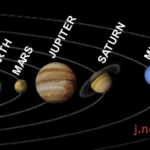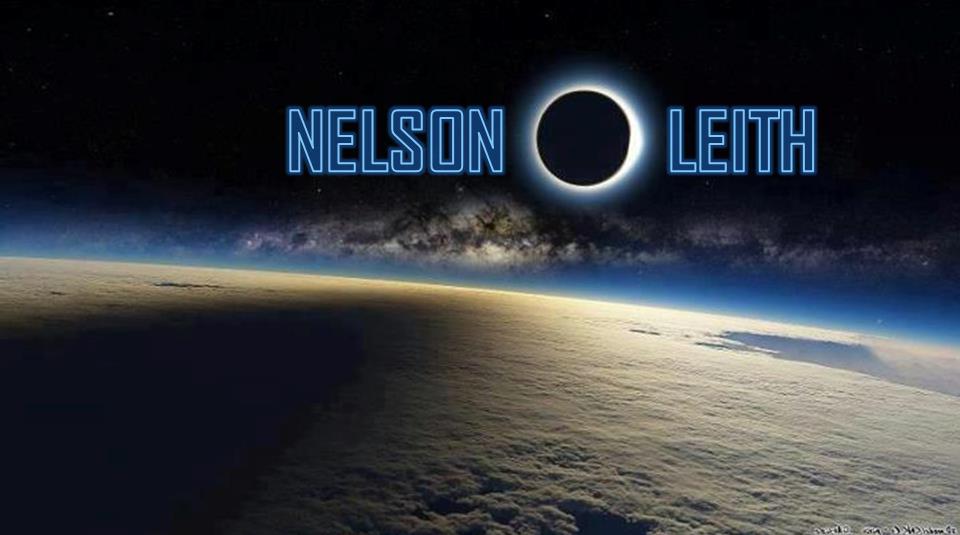
 On this day, 18 June, in the year 1178 in Canterbury, England, a group of monks reported seeing a strange “flaming torch” on the moon, which caused the moon to “writhe” like “a wounded snake.”
On this day, 18 June, in the year 1178 in Canterbury, England, a group of monks reported seeing a strange “flaming torch” on the moon, which caused the moon to “writhe” like “a wounded snake.”
Bizarre and unexplained real-world events like this can be the jumping-off point for a good science fiction story. Did these monks see an explosion, perhaps a meteor impact as some scientists have suggested, or was something more strange going on?
A backwoods skirmish in an interstellar war? A rift in the spacetime continuum? The appearance of a time-travel machine from our own century? The arrival of several alien probes?
Of course, such an event could also be worked into a fantasy story. Perhaps the moon became the last refuge of the dragons, and the monks were witnessing their fiery departure from Earth.
Here is a translation of the incident, as recorded by Gervase of Canterbury:
There was a bright new moon, and as usual in that phase its horns were tilted toward the east; and suddenly the upper horn split in two. From the midpoint of this division a flaming torch sprang up, spewing out, over a considerable distance, fire, hot coals, and sparks. Meanwhile the body of the moon which was below writhed, as it were, in anxiety, and, to put it in the words of those who reported it to me and saw it with their own eyes, the moon throbbed like a wounded snake. Afterward, it resumed its proper state. This phenomenon was repeated a dozen times or more, the flame assuming various twisting shapes at random and then returning to normal. Then after these transformations the moon from horn to horn, that is along its whole length, took on a blackish appearance.
What sort of story do you think could be built around this strange incident?

 Are you guys digging the new poem theme? It’s getting a lot of hits!
Are you guys digging the new poem theme? It’s getting a lot of hits!

 It has never (yet!) been a serious possibility, but the proposal to
It has never (yet!) been a serious possibility, but the proposal to 
 The difficult thing about creating a fictional alien species is that if they are too familiar, they seem inauthentic. Slap some bumps on the forehead and voilà : every Star Trek alien ever. And, the Star Trek franchise eventually had to explain this phenotypical homogeneity (ask a fan, but it’s in a Next Generation episode) to keep the credibility of the milieu intact.
The difficult thing about creating a fictional alien species is that if they are too familiar, they seem inauthentic. Slap some bumps on the forehead and voilà : every Star Trek alien ever. And, the Star Trek franchise eventually had to explain this phenotypical homogeneity (ask a fan, but it’s in a Next Generation episode) to keep the credibility of the milieu intact.


 In a damn* interesting piece yesterday at Talk To YoUniverse, Juliette Wade discusses how writers can navigate the differing perspectives of characters inside and outside a culture group.
In a damn* interesting piece yesterday at Talk To YoUniverse, Juliette Wade discusses how writers can navigate the differing perspectives of characters inside and outside a culture group.